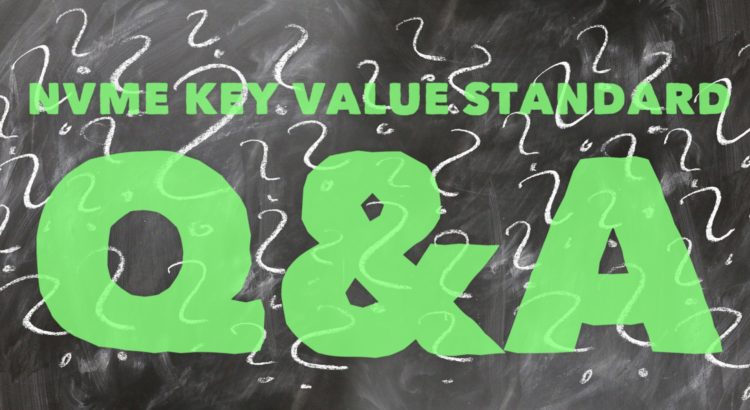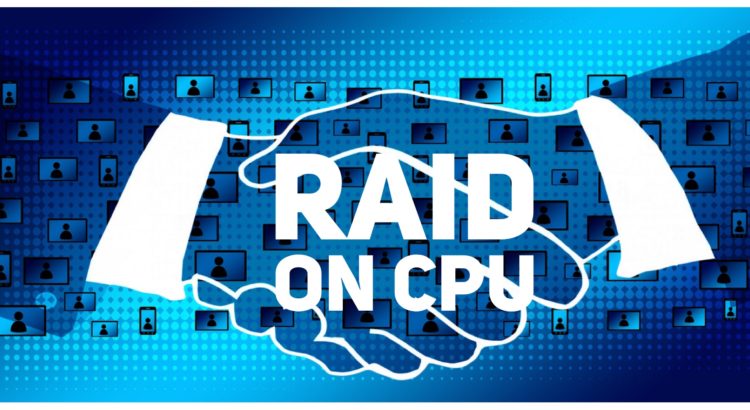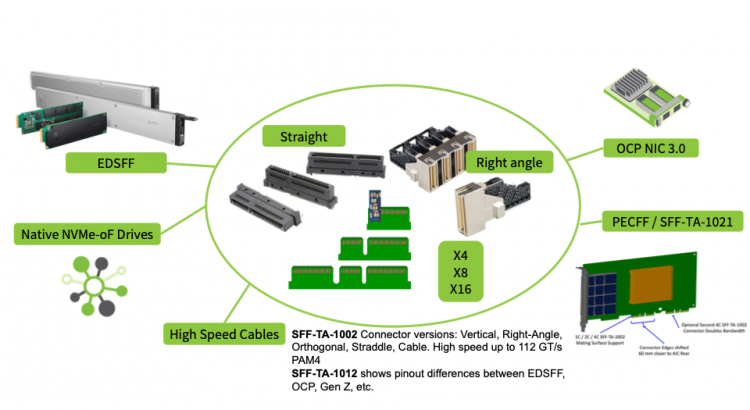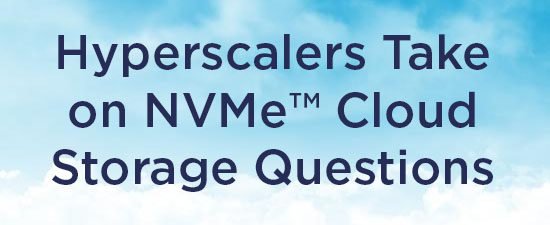
Category: Solid State Storage


Answering Your Questions on EDSFF

An FAQ on RAID on the CPU
A few weeks ago, SNIA EMEA hosted a webcast to introduce the concept of RAID on CPU. The invited experts, Fausto Vaninetti from Cisco, and Igor Konopko from Intel, provided fascinating insights into this exciting new technology.
The webcast created a huge amount of interest and generated a host of follow-up questions which our experts have addressed below. If you missed the live event “RAID on CPU: RAID for NVMe SSDs without a RAID Controller Card” you can watch it on-demand.
Q. Why not RAID 6?
A. RAID on CPU is a new technology. Current support is for the most-used RAID levels for now, considering this is for servers not disk arrays. RAID 5 is primary parity RAID level for NVMe with 1 drive failure due to lower AFRs and faster rebuilds.
Q. Is the XOR for RAID 5 done in Software?
A.Yes, it is done in software on some cores of the Xeon CPU.
Q. Which generation of Intel CPUs support VROC?
Read MoreSee You (Online) at SDC!

Are We at the End of the 2.5-inch Disk Era?

Your Questions Answered on CMSI and More
The “new” SNIA Compute, Memory, and Storage Initiative (CMSI) was formed at the beginning of 2020 out of the SNIA Solid State Storage Initiative. The 45 companies who comprise the CMSI recognized the opportunity to combine storage, memory, and compute in new, novel, and useful ways; and to bring together technology, alliances, education, and outreach to better understand new opportunities and applications.
To better explain this decision, and to talk about the various aspects of the Initiative, CMSI co-chair Alex McDonald invited CMSI members Eli Tiomkin, Jonmichael Hands, and Jim Fister to join him in a live SNIA webcast.
Read More
25 Questions (and Answers) on Ethernet-attached SSDs

Are Ethernet-attached SSDs Brilliant?

Hyperscalers Take on NVMe™ Cloud Storage Questions
The Blurred Lines of Memory and Storage – A Q&A
 The lines are blurring as new memory technologies are challenging the way we build and use storage to meet application demands. That’s why the SNIA Networking Storage Forum (NSF) hosted a “Memory Pod” webcast is our series, “Everything You Wanted to Know about Storage, but were too Proud to Ask.” If you missed it, you can watch it on-demand here along with the presentation slides. We promised
Q. Do tools exist to do secure data overwrite for security purposes?
A. Most popular tools are cryptographic signing of the data where you can effectively erase the data by throwing away the keys. There are a number of technologies available; for example, the usual ones like BitLocker (part of Windows 10, for example) where the NVDIMM-P is tied to a specific motherboard. There are others where the data is encrypted as it is moved from NVDIMM DRAM to flash for the NVDIMM-N type. Other forms of persistent memory may offer their own solutions. SNIA is working on a security model for persistent memory, and there is a presentation on our work here. Read More
The lines are blurring as new memory technologies are challenging the way we build and use storage to meet application demands. That’s why the SNIA Networking Storage Forum (NSF) hosted a “Memory Pod” webcast is our series, “Everything You Wanted to Know about Storage, but were too Proud to Ask.” If you missed it, you can watch it on-demand here along with the presentation slides. We promised
Q. Do tools exist to do secure data overwrite for security purposes?
A. Most popular tools are cryptographic signing of the data where you can effectively erase the data by throwing away the keys. There are a number of technologies available; for example, the usual ones like BitLocker (part of Windows 10, for example) where the NVDIMM-P is tied to a specific motherboard. There are others where the data is encrypted as it is moved from NVDIMM DRAM to flash for the NVDIMM-N type. Other forms of persistent memory may offer their own solutions. SNIA is working on a security model for persistent memory, and there is a presentation on our work here. Read More